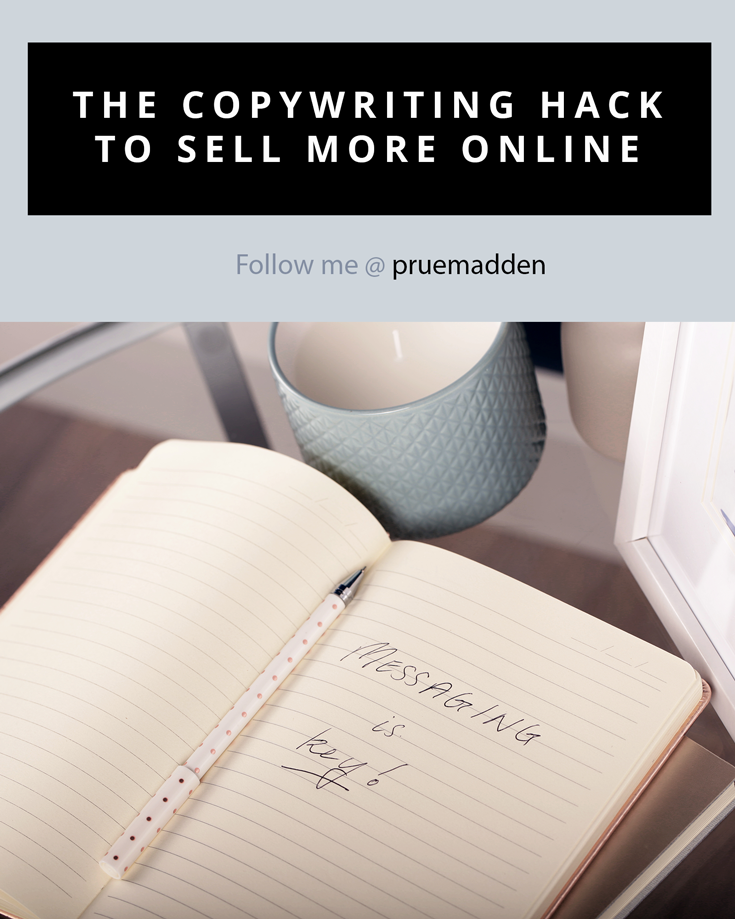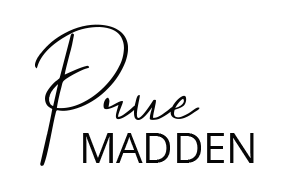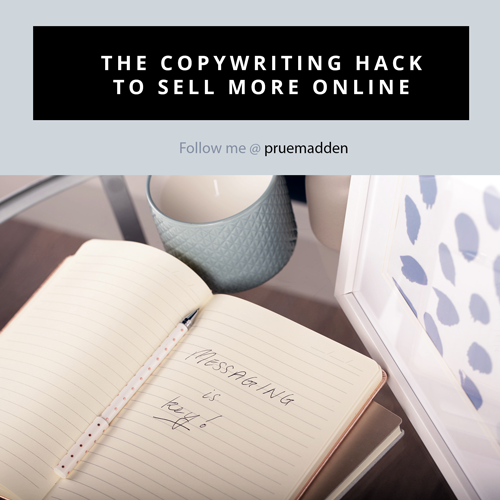The secret to creating a product that people are willing to part with their money for is creating something that the actually want.
Then you need to position it in the right manner, using the right messaging. If you are from a marketing background you’ll have heard of the 4 P’s. If you’re not, don’t worry, I’ll explain it to you right now. The ‘marketing mix’ (also known as the four P’s) is a foundation concept in marketing. The 4 P’s are Product, Price, Place, Promotion.
A product refers to an item that satisfies the consumer’s needs or wants. In this free training course I cover the four product types you need to build out your automated selling system online system, to maximize your earning potential at the same time as meeting the needs of your customer.
Price refers to the amount a customer pays for a product, or a sacrifice like, time or effort, consumers are prepared to make to acquire a product. Price can be the actually price the consumer pays and it can also include considerations of customer perceived value.
Place refers to providing customer access to your product or service. Where and how can they get their hands on it, and how conveniently?
Promotion refers to marketing communications and a big part of this is Messaging. Your message strategy is the foundation of all of your marketing. If it’s not strong or your marketing efforts will fall apart.
Of these, along with your product, your promotions is arguably the most important, and by promotion, I’m specifically talking about messaging. I’ve seen it time and time again, businesses far outselling the competitors based on their messaging. Despite having inferior products, despite having different pricing, and despite having far fewer distribution channels, with superior messaging, customers can line up to hand over cash for an underdog product. If you don’t nail it, all of your marketing can fall apart.
So by the time you have finished this blog post, my goal is to help you nail your messaging.
So let’s take a look at how you can find the right messaging for your product. You may have heard of an elevator pitch. The elevator pitch is very business-centric. What we want to do here is create messaging that is customer-centric. We want to build a story that features your customer as the hero. This ties in directly with developing your buyer persona – your dream customer. I go into depth about discovering your dream customer in video 1 of my “How to sell more online products” training series. If you haven’t watched that yet, you’ll want to check it out as it’s an essential step to getting your marketing right.
To craft our message, the first step we will take is to ask what state our customer will be moving away from, and what state they will be moving towards. How do they feel, what are their frustrations, what is their life like BEFORE using your product or service. Then have a think about how your customer will feel, or what their day or life will be like after they use your product or service.
In addition to that, you need to understand your customers buying triggers. By triggers, I mean what events typically get them into a serious buying mode?
You want to be aware of this as it will help you create the right messaging. For example, if you are selling relationship coaching, have a think about what the buying trigger will be. If the buyer you are targeting is in their early 20s, their trigger might be pre-commitment issues, and the trigger might be coming to the realization that you continually push away girlfriends or boyfriends, despite them being perfect for you. If your target customer is middle aged, their trigger is perhaps more likely to be mid relationship or end of relationship and could be triggered by conflict or spiritual deficiencies.
Understanding the triggers will help you better craft your messaging, and in some circumstances you can create the trigger event with your marketing, or help your target customer recognize that one has occurred. For example, if you are in the digital marketing niche, you may be able to provide a survey on your website which gives your site visitors a clear indication of where they have gaps in their marketing versus best practices. Below average scoring, could be a powerful trigger to encourage the visitor to take action by employing your services or taking your training.
The winning copywriting formula for converting leads to prospects and prospects sales
So how do you help transition your target customer from lead to prospect, or from prospect to sale? I have a simple formula for that, and it’s one that has stood the test of time. What you need to do is demonstrate a transformation to your audience. Let’s take a look at how this works.
Before – This is your target customer’s current situation / problem …
After – Imagine what it would be like, your target customer’s problem solved …
Bridge – Tell them how to get there.
Start by describing a problem, describe a world where that problem is no more, then explain how they can get there.
So to begin crafting your message, make a statement that will resonate with your target customer, that describes their situation before purchasing or using your product or service.
For example. “Isn’t it gut wrenching when you go on that first date and you are completely stuck for words?”
Next, introduce your product as the solution.
“We created Date Master Training for this exact reason”.
The final step is to put your target customer in the mindset of already using the product or service – what will the outcome be and how will they feel? This is a very important technique in sales. On a side note, if you are lucky enough to be in a two way conversation with a customer, and they begin to ask questions which puts them in the situation of using or owning a product, then you know the sales is mostly made. For example if you are in real estate and the customer says to their partner “will our king size bed fit in this guest room honey?”: your customer is already placing themselves in the after state of owning the house. So this technique can be used by you, in your marketing, with similar results.
For example “Once you are a member of Date Master Training, you’ll feel self-assured and you’ll never struggle with those first date nerves again”.
They key to success here is getting inside the head of your customer, and understanding and communicating the emotion of each of the before and after states, using both your copy, and visuals such as images or video to communicate that emotion. You want to position your product as the empathetic hero.


